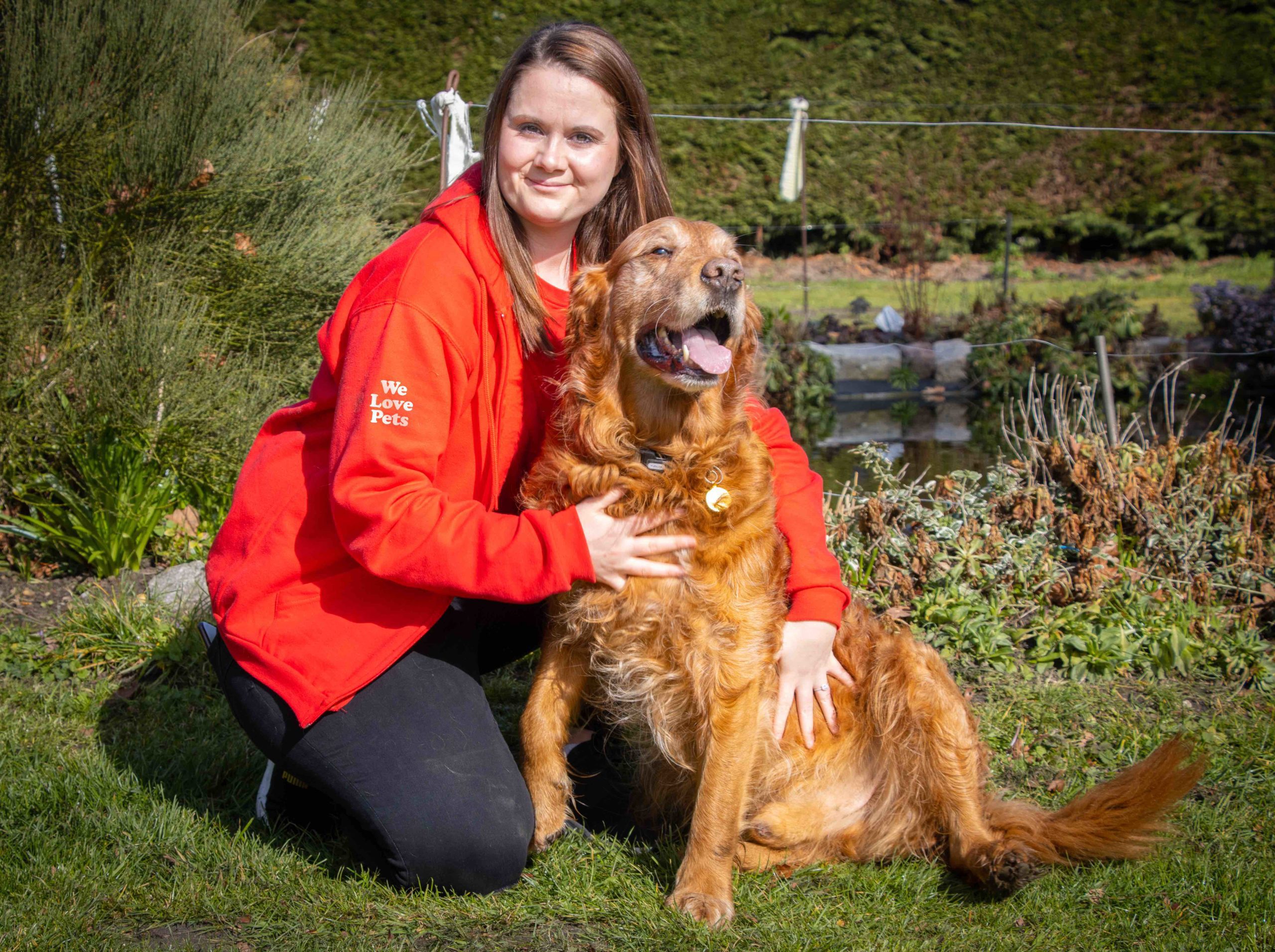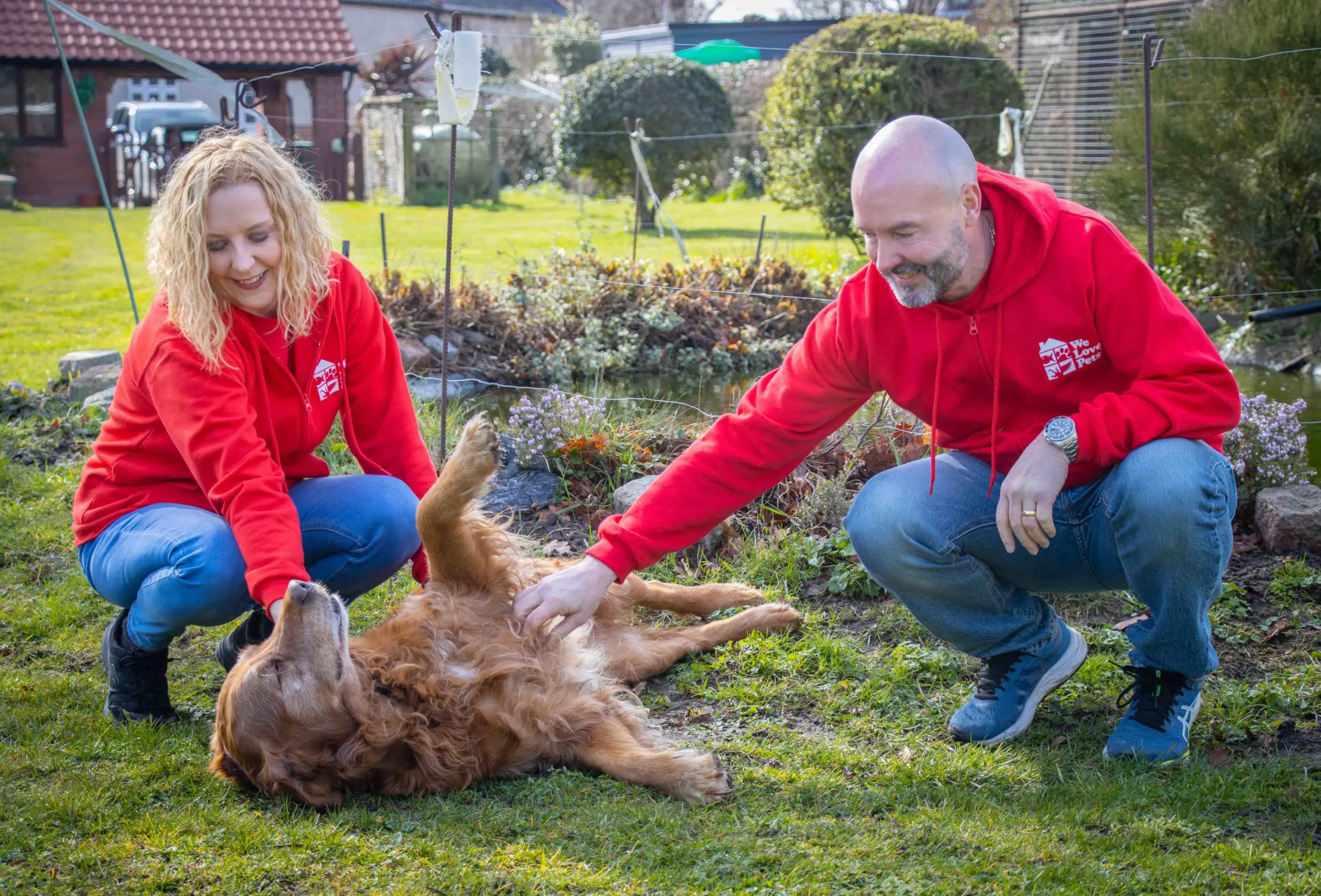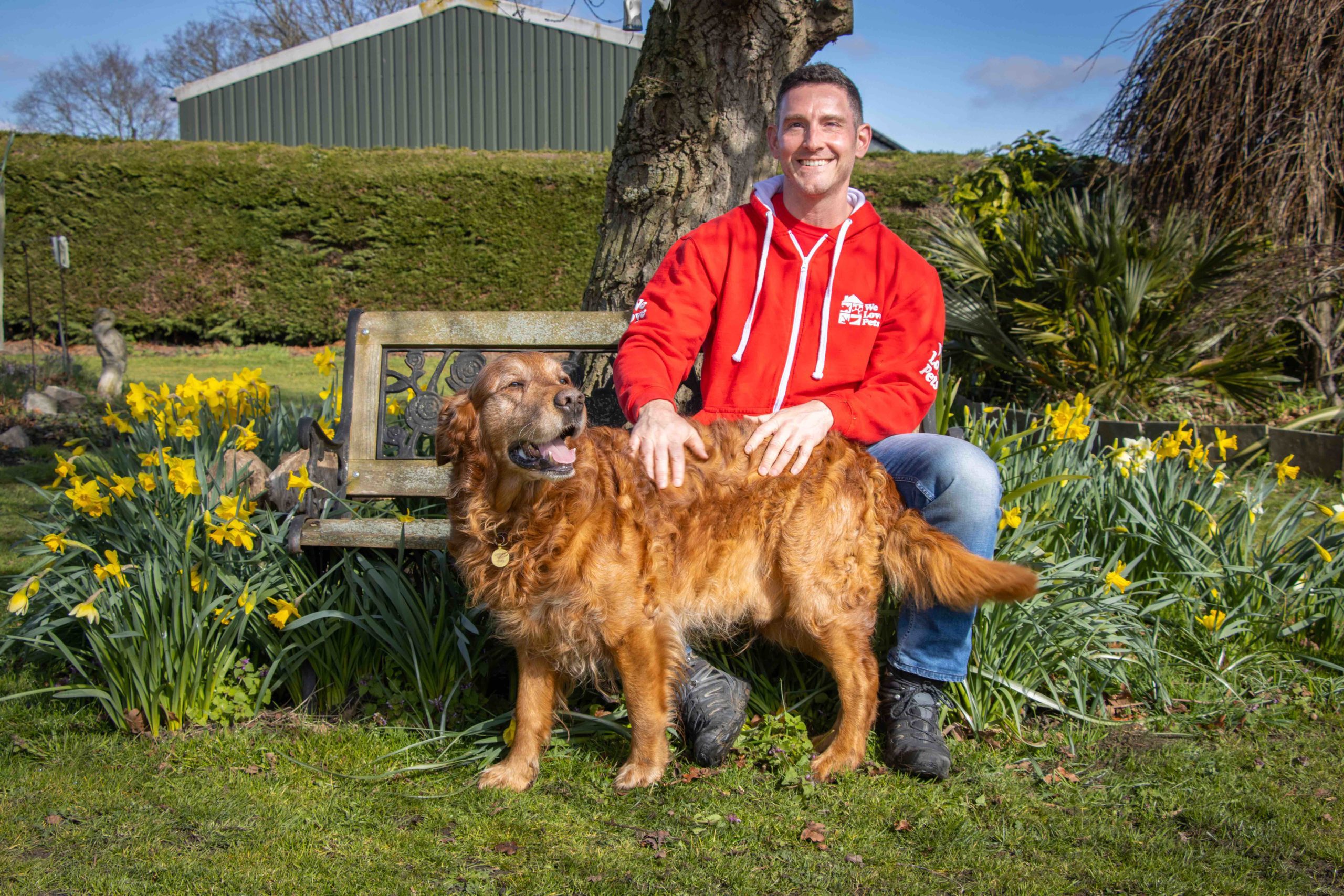You may have heard all about the latest craze in feeding our cats and dogs – the raw food diet. But what is it, why are people going nuts for it, and is it worth the hype? Let’s take a look.
The Diet
The concept of a raw diet is just as it sounds: feeding pets raw, natural foods like meat, bones, fruit, and vegetables, rather than processed pet food which contains cooked meat, and may contain carbohydrates, sugars, and other additives.
Methods and products vary from simply buying our pet’s meat along with ours at the supermarket, to buying commercially produced pet-friendly raw meat or raw meat chunks and nuggets, which are usually a combination of raw meat and fresh vegetables. Either way, the focus is on feeding pets 100% fresh, natural, uncooked food.
The Benefits
Companies promoting this diet list many benefits, including:
- Better, more consistent energy levels
- More energy in older dogs
- Strengthened immune system
- Reduced joint and inflammatory issues
- Reduced likelihood of developing allergies
- Improved dental health
- Improved digestive health
- Less, smaller, and firmer faeces
- Less smelly flatulence
- Healthier, shinier coats
On paper, these benefits make sense. After all, dogs and cats are carnivores, and wild cats and dogs survive perfectly well on raw food. But are there any drawbacks?
The Issues
Nutrition
The main issue seems to be achieving balance. Manufactured pet food is designed to give pets all the nutrients they need, in the right proportion. When we take on the responsibility of tackling this balancing act ourselves, there is potential for us to get it wrong, which can have serious health ramifications for our pets.
Primarily, pets not receiving enough calcium and phosphorous or eating too much Vitamin A seem to be easy mistakes. These could respectively lead to weakened bone health and Vitamin A toxicity.
However, it appears that many raw food sellers are willing to tackle this for us. Plenty of companies offer the option of creating a customised balanced diet based on your pet’s breed, weight, and age.
Cost
What about cost? As you may have expected, this diet seems to cost more than wet or dry pet food, especially considering that all of the food is fresh and uncooked. To get some specifics for you, I made some comparisons between raw food websites Bella & Duke and Natures Menu, and our products. Here are some examples:
Natures Menu’s Lamb with Chicken Dinner Raw Food Product costs £1.35 per 300g, which is £54.00 per 12kg. Our dry dog food Delicious Duck is £44.99.
For a Labrador (average weight 32kg, average daily consumption 800g), Bella & Duke estimate a daily cost of £3.33. Our Luscious Lamb Dry Food costs £2.99 for 800g (based on a 12kg bag).
So far, the difference is there but isn’t drastic. What about cat food?
Natures Menu’s Chicken with Salmon and Tuna costs £40.29 for 4.8kg. Our grain-free Salmon & Sweet Potato dry food would cost £29.43 for the same quantity.
Clearly it is a little pricier. Convenience is also a consideration, as the fresh food will have earlier expiry dates than wet and dry food, and may take up lots of space in our fridges and freezers (which are never big enough are they!).
Health Considerations
As with all diets, owners of pets with health conditions are cautioned to be especially careful if choosing the raw food diet, as it may not be suitable for them. For example, raw food diets are usually high in protein, which isn’t recommended for pets with kidney or liver disease and/or failure.
Puppies and kittens also will suffer more than adults if their calcium needs are not met by their diets. As they are still growing, not having enough calcium could seriously impact their development, so be especially aware of providing sufficient amounts for them if using the raw food diet.
Finally, be aware of the risk of raw meat contamination. If your pet is eating a raw food diet, take extra care to keep them clean so you and your family don’t become ill; their mouth and even their faeces may carry bacteria from raw meats that are harmful to us.
What’s the Verdict?
Overall, this diet seems to have some real benefits if done well. However, the extra effort, space, and cost are understandably not for everyone, and it can easily be done incorrectly which will harm pets’ health and happiness.
If you are considering making the switch, be prepared to put in the effort to keep your pets happy. And let us know how it goes on our Instagram or Facebook!





